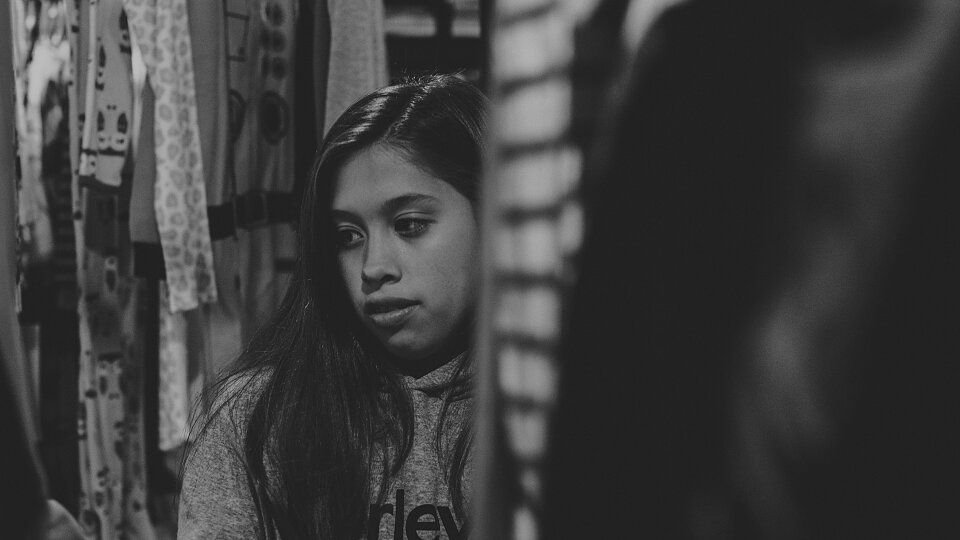What Do Sensory Processing Needs Look Like
Children are complex creatures. And parenting them can be tricky to say the least, especially as we guide and mentor them through life’s challenges. But it’s our responsibility to understand them and their tendencies.
So let’s talk about something that happens frequently, but isn’t always understood or easy to diagnose — Sensory Processing Disorder.
First, some key terms like in science class.
What is sensory processing? It’s the way our nervous system receives sensory messages and information, and turns them into responses. For example, when we walk into a loud room or brush up against another person, our brain takes cues from those interactions and tells our bodies how to respond.
What is Sensory Processing Disorder (SPD)? It’s a neurological disorder in which sensory signals aren’t organized into appropriate responses. Kiddos with this disorder perceive and/or respond to sensory information differently than most other people. Unfortunately, this disorganization interrupts their daily routines.
The Eight Senses
Yes, you read that right. We actually have eight senses. We all know the basic five senses — sight, smell, hear, taste, and touch. Through these senses, we are constantly bombarded by an incredible amount of stimulus every day.
Think about it, seemingly little things like temperature or light are all things your body notices and processes.
Along with the five senses, there are three lesser known senses.
First, are the hidden senses, which are known as proprioceptive and vestibular sense. Combined, they make us aware of speed, movement, pressure on our joints, and position of our bodies.
Our final sense, interoception, enables us to feel sensations from our internal organs, like when we need to use the restroom or have a stomach ache.
What Does SPD Look Like?
When your kiddo is suffering from SPD, she has a hard time processing. This can manifest in different ways among different children, and is often first recognized during the toddler years. Just a few (of many) common scenarios are:
She might have trouble ducking from balls in sports.
He might dislike crowded places or bright lights.
She might be bothered by different textures of food.
He might be irritated by the material in a shirt.
She might dislike human touch or hugs from her parents.
What Causes SPD?
Unfortunately, causes of SPD are not well known. According to researchers at STAR Institute for Sensory Processing Disorder, the causes of SPD are likely to be the result of factors both genetic and environmental. Until we get more information, we’ll each have to do our part to help our kiddos learn how to better process and cope with the environment around them.
What about Your Child’s Sensory Needs?
To better understand your child’s sensory needs or determine if your child has sensory needs, see more resources.
Primary Source: Miller, Lucy J., et al. Sensational Kids: Hope and Help for Children with Sensory Processing Disorder. Penguin Group, 2014.


